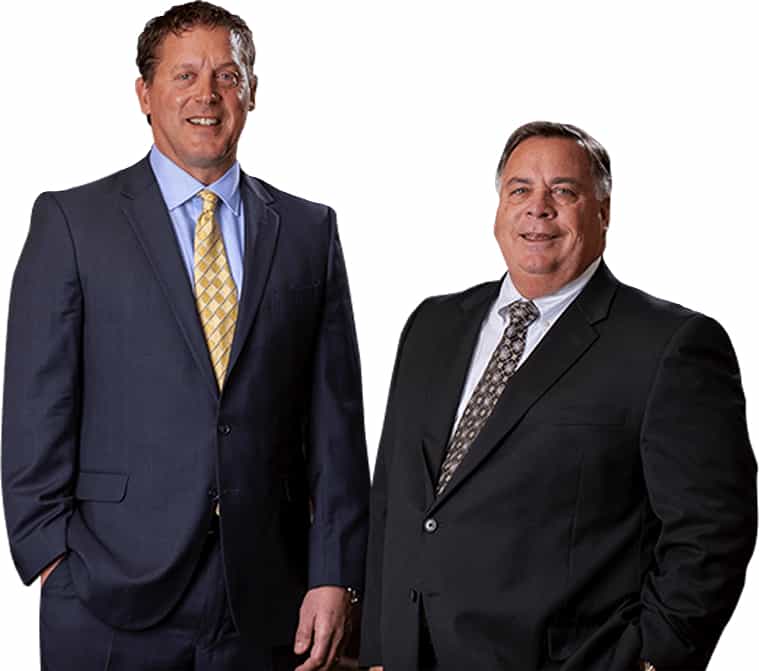Here in Florida, motor coaches and other buses are a common sight – especially as vehicles to bring tourists to our theme parks and shuttle them around while they are here. And although they are not as widely used, trains are quickly growing in popularity as well. They are an important commuting tool for many workers and are an eco-friendly alternative to driving a personal vehicle.
Buses and trains are old modes of transportation that have benefitted greatly from comfort and efficiency upgrades. Unfortunately, the same cannot be said for safety improvements on these vehicles. As just one example, most buses and trains still lack seatbelts, which have been standard on cars/trucks and airplanes for more than a half-century.
This issue was discussed in a recent New York Times article about safety standards on buses and trains in the United States. The article noted that trains and buses continue to lack common-sense safety measures that the National Transportation Safety Board and other safety advocacy groups have been recommending for decades. These include:
- Seatbelts (especially lap-shoulder belts)
- Laws and announced requirements that passengers wear seatbelts (when available)
- Overhead baggage racks that firmly secure cargo
- Train windows that do not easily pop out during a crash or derailment
- Bus windows that are easier to open in an emergency, yet do not pop out too readily during a crash
- Mandatory safety instructions given to passengers at the beginning of a trip
Recommendations like these are not new. In fact, the NTSB has been warning about “the problem of ejection of passengers through large side windows” on trains for 47 years. But manufacturers and transportation companies either fail to adopt or actively lobby against such common-sense measures. Why should that be?
To be sure, bus and train accidents are less common than car accidents. In 2017, for instance, U.S. bus crashes claimed only 44 lives. But those lives could have been spared, just as injuries to thousands more passengers could have been prevented or greatly reduced. With technology so readily available and relatively inexpensive to implement, why have these safety recommendations been ignored for so long?
If you or a loved one has been seriously injured in a bus or train accident, you may have more options than you realize. Please discuss your case with a personal injury attorney who can help you seek compensation and changes in safety practices.


